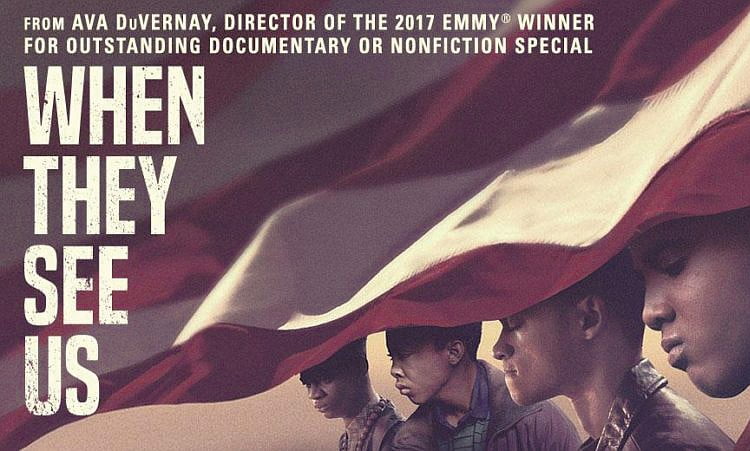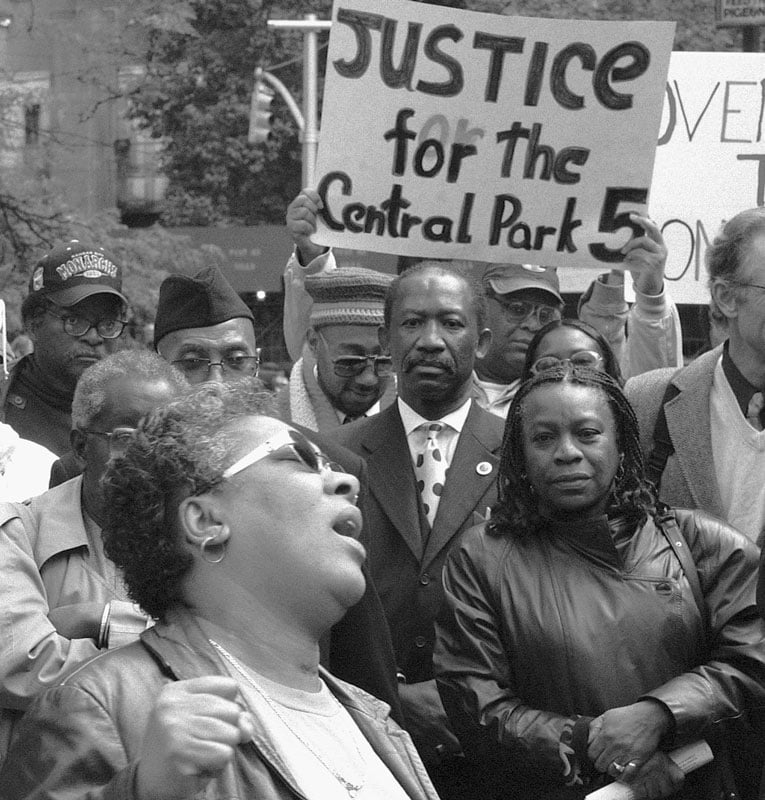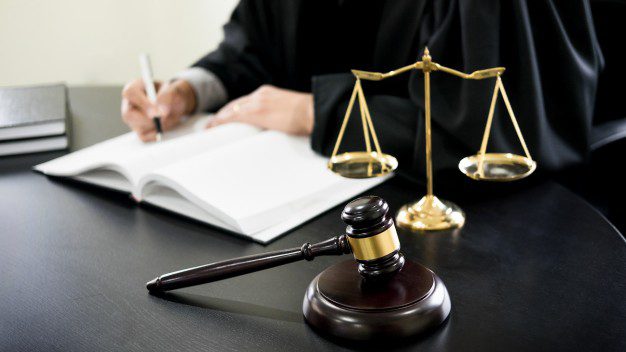In the spring of 1989, five boys were convicted of raping a woman in Central Park, New York. Imprinted in public knowledge as the Central Park Jogger Case, Trisha Meili, 28, was made unconscious and raped while she was on her evening jog. Simultaneously, that night, eight other people in Central Park were attacked by a group of boys, beat up or mugged, in keeping with a growing trend at the time called “wilding”, wherein these groups would go to public places and attack people. The boys who were convicted for the rape were also part of the group of “wilders” that night. The show, When They See Us, written and directed by Ava DuVernay, and produced by Oprah Winfrey, covers the unlawful conviction of these boys by the racist legislative system in America.

There was a furore over the rape, and the New York Police Department as well as the Federal Bureau of Investigation were put under a lot of pressure to bring the culprits to book. The reason for this pressure could be attributed to the growing conversation around sexual violence against women in 80s and 90s New York, as well to the fact that Trisha Meili was a white woman.
While the show When They See Us might portray the other side of the world, the same trend of holding socio-economically disadvantaged groups responsible for any and every crime, whether implicitly or explicitly is evident in India too.
Her rape outraged the larger public, white, male consciousness. The five boys convicted—Korey Wise, Raymond Santana, Yusef Salaam, Kevin Richardson and Antron McCray—were African American and Hispanic American teenagers. Apart from Wise, the others were sent to a juvenile detention centre. Wise, because he was 16, was sentenced in an adult jail. The sentences ranged from between 5 to 15 years.
In 2001, Matias Reyes, confessed to having raped Meili alone on April 29th, 1989. It was on the basis of his confession that the five boys were released, their crimes vacated (which would imply that no traces of the conviction would be visible in their records) and they were given a settlement of 41 million dollars, the highest settlement ever rewarded in New York state history. The case during its investigative stage was handled by only white police officials and attorneys.

The show, When They See Us, is a four episode long documentary showcasing the events as described by the convicts after Reyes’ confession. When They See Us chronicles the fear and struggles faced by the convicted in the aftermath of the attack on Meili. The boys were picked from among approximately twenty other boys, and coerced into confessing to the crimes through the use of brute force. They were not provided counsel during the recording of their statements, and their socio-economic statuses were taken advantage of in order to prove the efficiency of the American Legal System.
DuVernay’s portrayal of the discrimination against people of colour on When They See Us is hard-hitting, to say the least. It is difficult to watch the blatant misuse of the power accorded to the people driving this conspiracy. What, however, strikes most, is when Reyes confesses to the crimes. This wasn’t the only crime he was accused of. Reyes, in fact, was serving life in prison due to a series of rapes and murders he had committed around the time.
In a scene telling of the implicit protection given to Reyes, the reason for which was because he was white, the Assistant District Attorney, Elizabeth Lederer, tells the District Attorney Sex Crimes, Linda Fairstein that Reyes admitted to committing all the crimes he was accused of, when he was asked about them. However, Reyes was never questioned about Meili’s rape, and hence he did not admit to it.
It’s been 30 years since the incident, but the pattern doesn’t seem to be breaking off, or showing any signs of doing so. In 2018, the Innocence Project (IP), which is an international organization determined to exonerate as many wrongfully convicted people as possible in the USA through DNA testing and advocacy around reforms to prevent wrongful conviction, freed a record nine innocent people, the most ever in IP’s 26-year history. All the nine men acquitted were persons of colour.
While the show When They See Us might portray the other side of the world, the same trend of holding socio-economically disadvantaged groups responsible for any and every crime, whether implicitly or explicitly is evident in India too. In 2018, in a hospital in Gorakhpur, Dr. Kafeel Khan was arrested when sixty three infants lost their lives due to lack of oxygen in the hospital. It was a case of negligent administration, and the state held Khan responsible, despite him trying to save the lives of the infants.
Six people were wrongly arrested in the Akshardham terror case in 2002. They served 10 years in prison before being acquitted, and were refused compensation when they asked for it. All six were Muslims. In March, 2019 the Supreme Court reversed its own order following an appeal by the accused of six men from the “nomadic tribes” for the murder of a family of five and the rape of one in Maharashtra’s Jalna district in June, 2003. In 2016, a sessions court acquitted nine Muslims in the Malegaon blast case of 2006, citing lack of evidence against them. The nine people were behind bars for ten years.
In the event of the latter, there also doesn’t exist a system for the wrongly accused to seek justice, because often the wrongly accused are targeted for the social locations they symbolize.
This list is not exhaustive, but it does seem to start showing a trend. Data compiled by the National Crime Records Bureau (NCRB) in 2013 show Muslims, Dalits and Adivasis make up more than half of India’s prison population, constituting 20 percent, 22 percent and 11 percent respectively. Similar data from 2015 show that 31.2 percent of all persons in prison belong to the OBC category, 20.9 percent belong to the SC category, while 13.7 belong to the ST category. This is a disturbing trend, because it implies that the individuals belonging to socio-economically disadvantaged classes are responsible for most crimes occurring in the country.
Also read: Who Decides The Definition Of Rape?
There has always been talk about how our judiciary wants to avoid misuse of laws. In 2017, in a judgment around IPC 498A (the law that protects women from cruelty by husbands and relatives), the Allahabad High Court recommended the constitution of a screening committee in every district in order to hold a preliminary fact checking of the cases coming in, to vouch for the authenticity of the cases.
It justified its recommendation by saying that there is gross misuse of this law, and that it should be guarded against. In 2018, the Supreme Court also noted that due to the misuse of The SC/ST (Prevention of Atrocities) Act, no immediate arrest would be made on any complaint filed under the law. Seems slightly hypocritical that a judiciary so intent on preventing misuse of laws cannot put in place measures to prevent wrongful conviction.
In 2018, the Law Commission of India submitted a report around wrongful prosecution in India and suggested certain legal remedies to mitigate the situations that could potentially lead to wrongful convictions. But until there is proper implementation of these recommendations, as also proper supervisory bodies to monitor the implementation, there will continue to be a targeting of the vulnerable sections of the population, as the data above would suggest.
It’s been three decades since the incident portrayed in When They See Us, and almost two decades since the truth came to light, but there doesn’t seem to be an increase in public consciousness regarding this issue, neither does there seem to be an attempt to better investigate cases so that no individual gets wrongly convicted.
Also read: Is Rehabilitation For Sex Offenders A Viable Option?
In the event of the latter, there also doesn’t exist a system for the wrongly accused to seek justice, because often the wrongly accused are targeted for the social locations they symbolize. The attempt should be to create not only a more robust legal system that can guard against such injustices, but also to cultivate a more robust public awareness and sensitivity to be able to resist such injustices when they occur.
Featured Image Source: Freepik
About the author(s)
Himalika is slowly beginning to get the hang of being an adult, despite being a bad cook. She will take most things with a sense of humour and is constantly striving to infuse feminist practices in her research.




